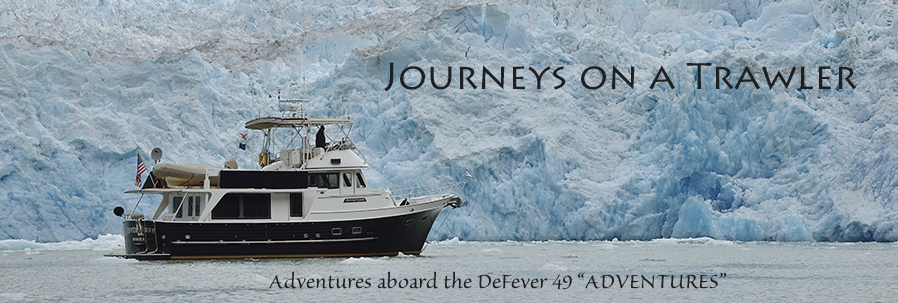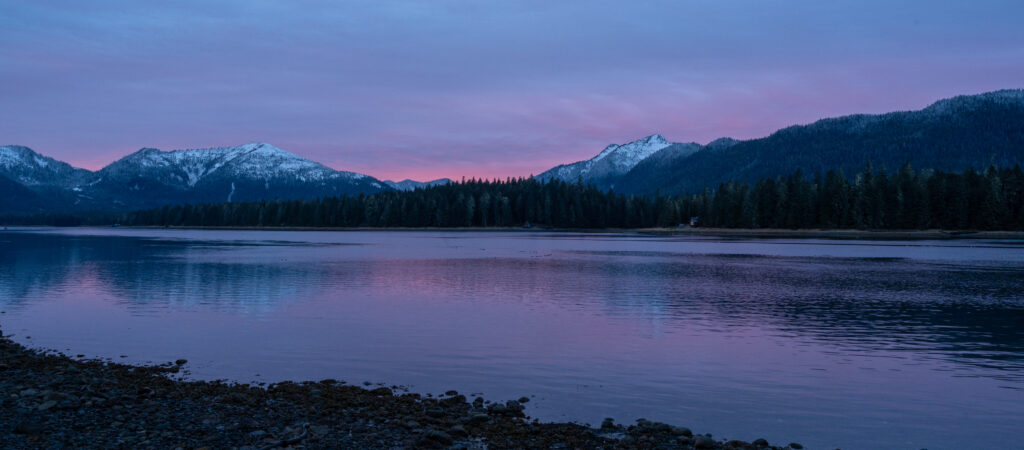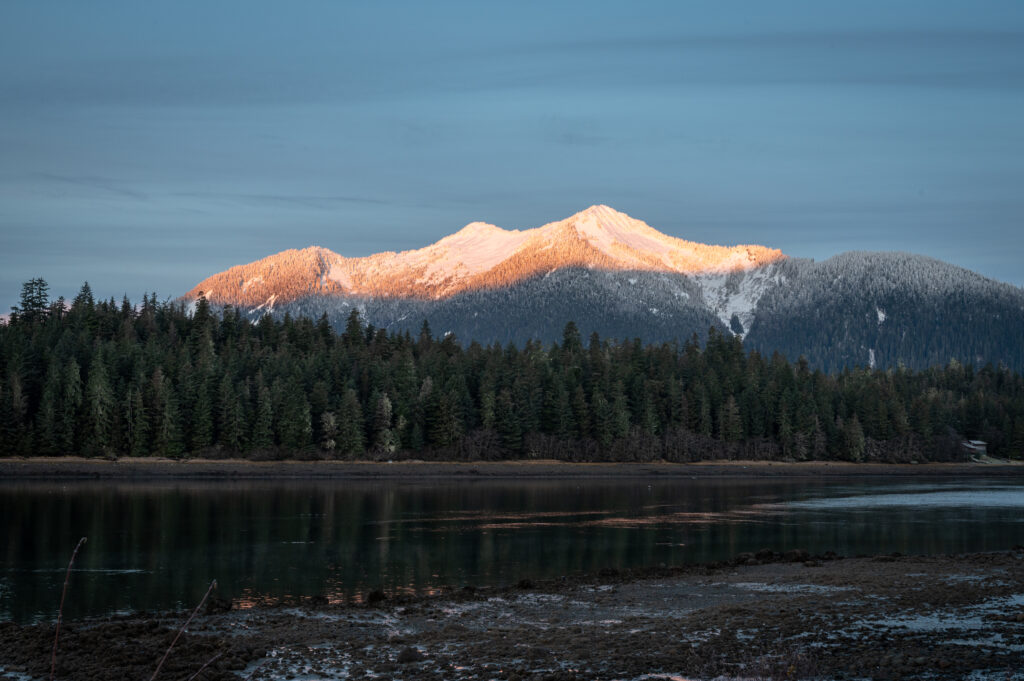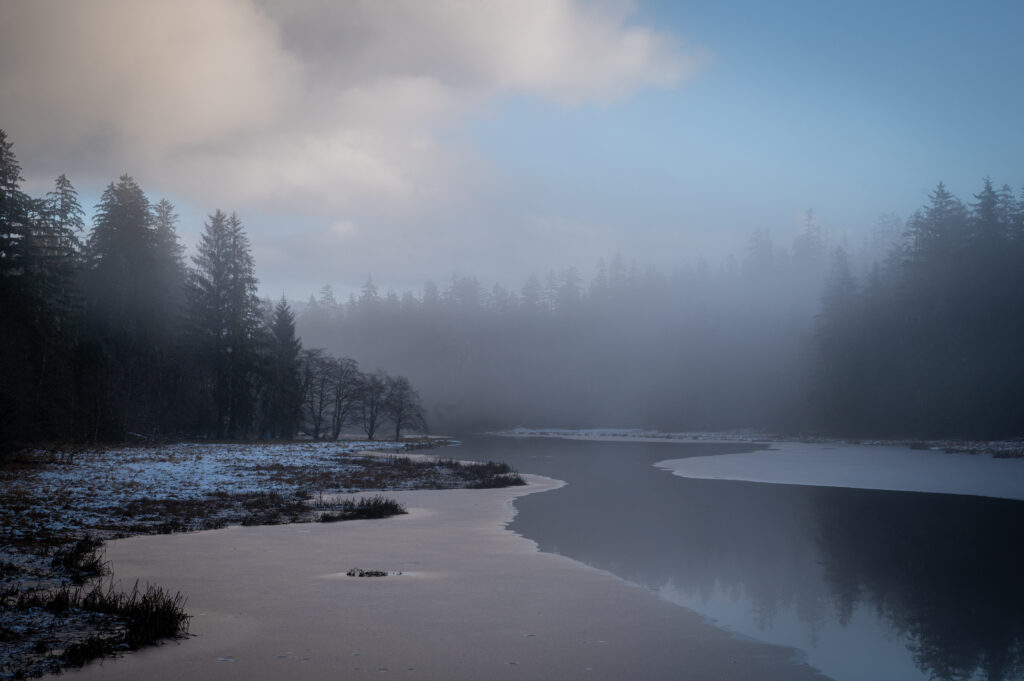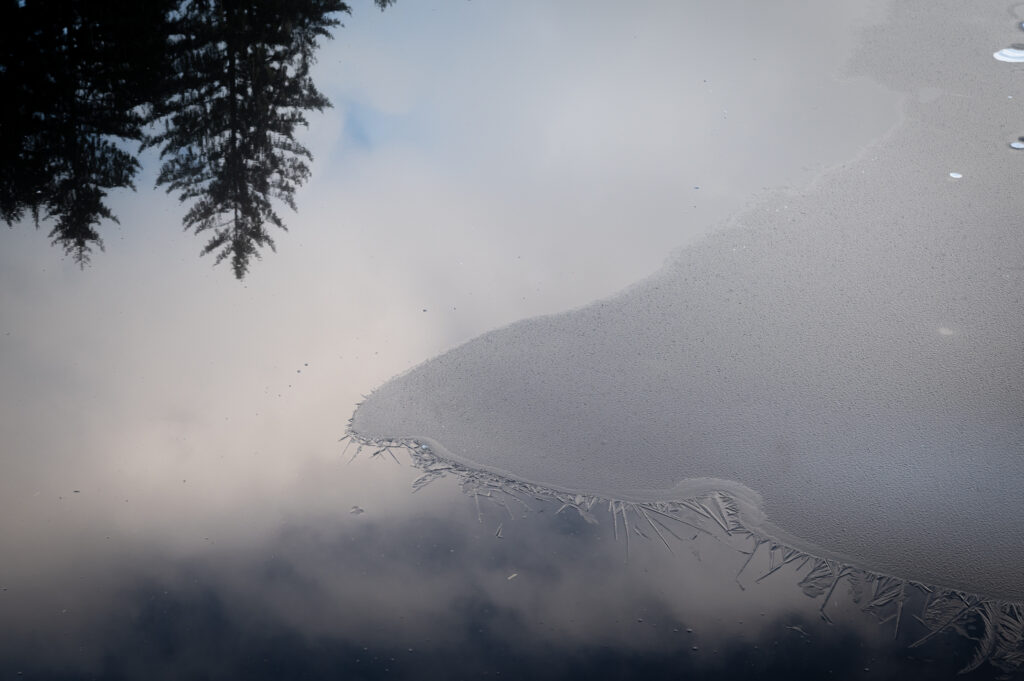The “dark days” have been upon us for a while now, though the promise of the approaching Solstice gives us hope, as it marks the date when the days will start getting longer once again. Today we’ll have less than 7 hours of daylight.
Every day the tide ebbs and floods – some days it’s a smaller change and sometimes it’s a huge change (depending on the moon), but we know that when the water leaves it’s only for a while – it always returns… and so does the light.

We’ve had a lot of “darkness” these days – Covid of course, the election, inflamed racial tensions (although recent events are helping to shine a light on what has been going on for far too long – that gives me hope), etc. Locally, Southeast Alaska has had epic rain storms for the past couple of weeks – feet of rain, not just inches. Petersburg had over 8″ one day and over 5″ another day – it has been pouring rain for quite a while. Landslides are now a significant danger all around southeast Alaska, with several communities impacted – none as badly as Haines, about 130 miles north of us. Two people are still missing after a massive landslide obliterated their home early one morning. The road out to a number of houses was severely damaged, along with the water and sewer lines. 50 families have been evacuated to hotels and shelters in case of further slides. When the big slide first occurred, people stood on the shore in the dark, freezing temps and howling rain storm and shined a flashlight to signal for help. Others jumped in their boats and patrolled the shoreline in those bad conditions, watching for a flashlight beam. I love to see the way a community comes together in times of difficulty – it’s a beautiful thing in the midst of horrible things.
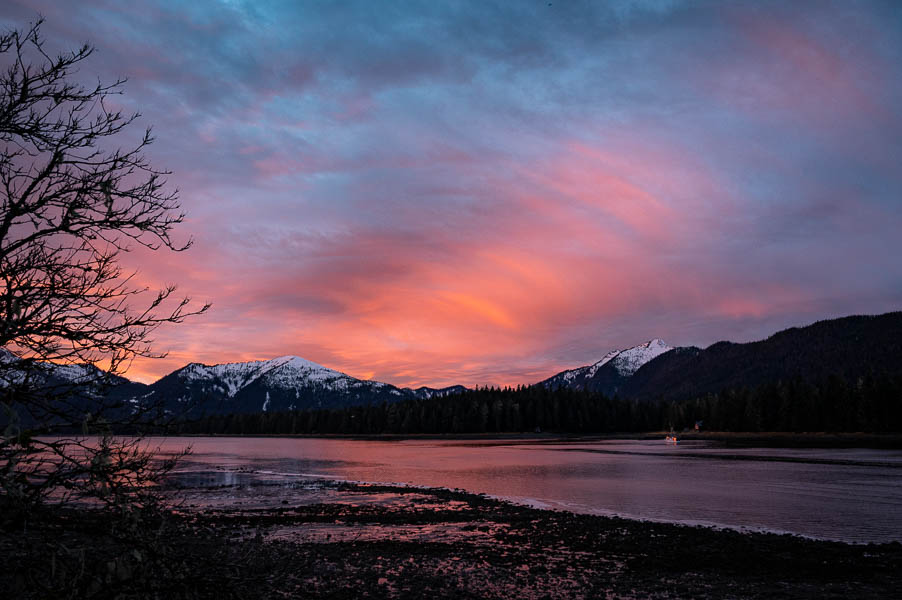
So this time of the year we think a lot about light – savoring its beauty when we have it, and creating as much of our own when we don’t. This year the town’s Christmas tree is better than ever, with extra lights installed by our power line crew.
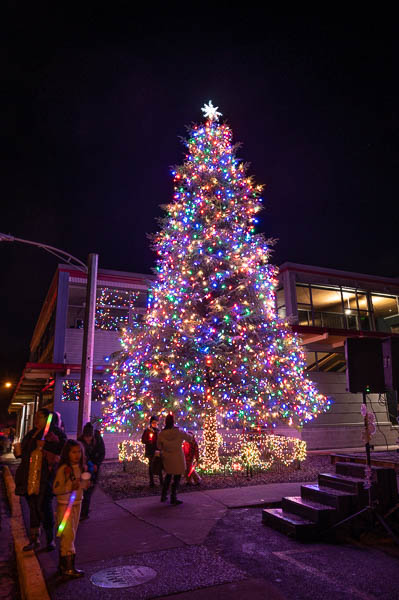
Christmas is a big deal in Petersburg, and although the town is making some concessions to Covid, nothing can keep us from finding ways to celebrate. The annual town tree lighting was a more subdued event this year, with no parade and two “showings” of the tree lighting. The organizers added a little skit with some familiar characters, and Santa’s arrival by fire truck to make things a little more fun for the young folks.
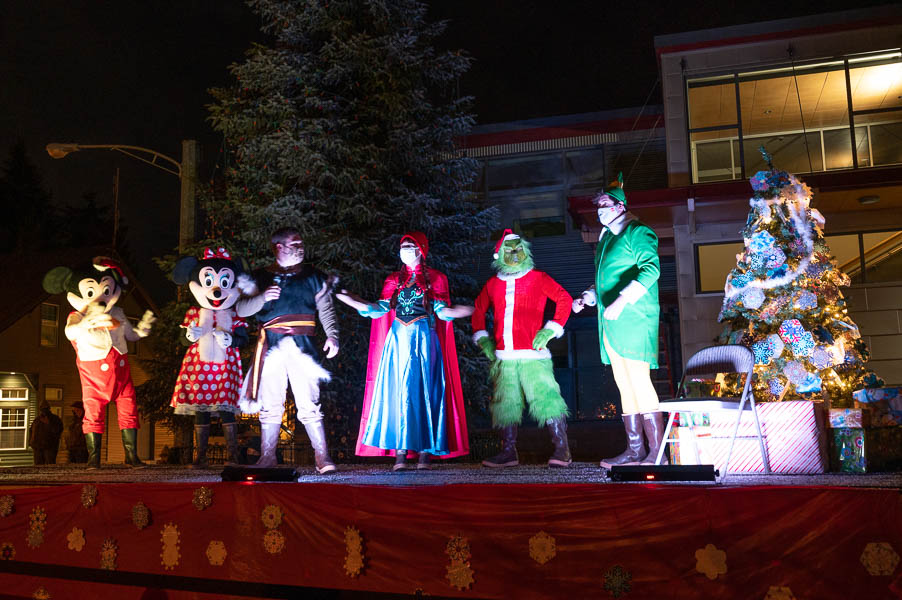
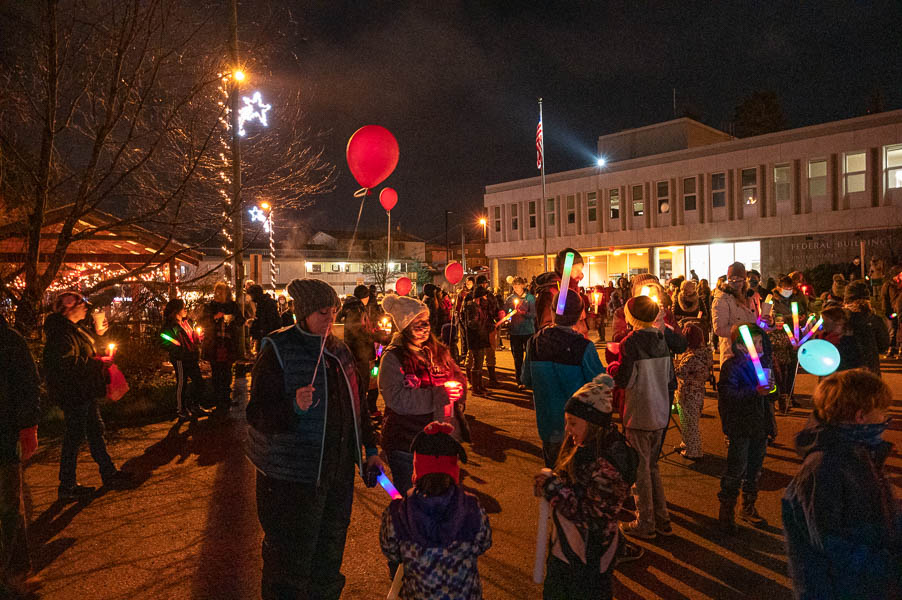
Masks and family groups keeping some distance from others, plus fancy lighted batons and lighted balloons made the annual event fun and special despite the safety restrictions.

We’re all about the light around town. Holiday lights go up early (some even before Thanksgiving), and they stay around well into January. People like it, and no one thinks that’s tacky. Timers are set to turn on the outside lights on homes and businesses in the morning as well as the afternoon, since the sun isn’t up until around 8:30am, and it’s long gone by 4pm. We put lights up for ourselves and for our community. We all try to bring some light for each other in these dark days – one way or another.
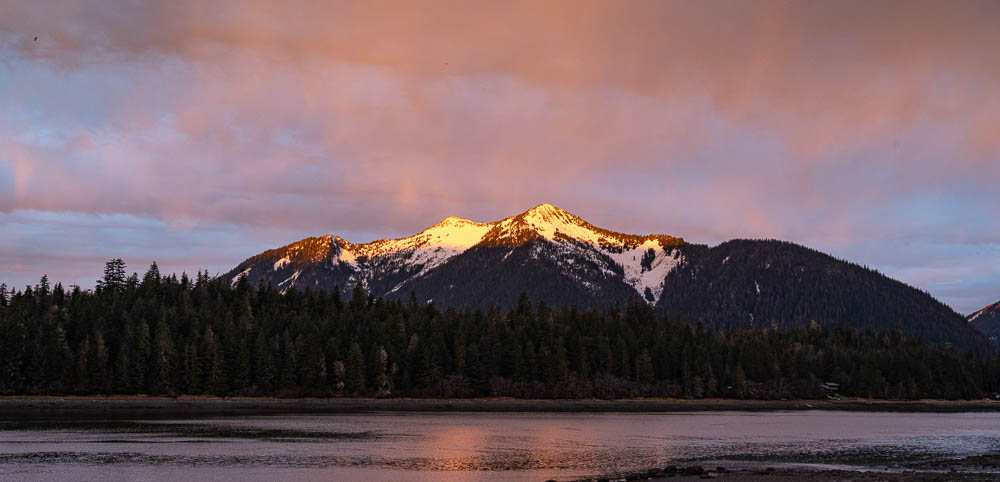
We just heard on KFSK (“fish head radio”) that the annual Community Holiday Concert will happen this year, though the performers will be isolated and it will be presented by live-stream only. We’re all missing the festive band concerts and dance recital, and who knows how Julebukking will happen, but we know creative minds will come up with something to celebrate the holidays as best (and as safely) as we can.
We wish you Peace, Health, and Joy this holiday season, and hope that we all continue to shine a light in the darkness.
